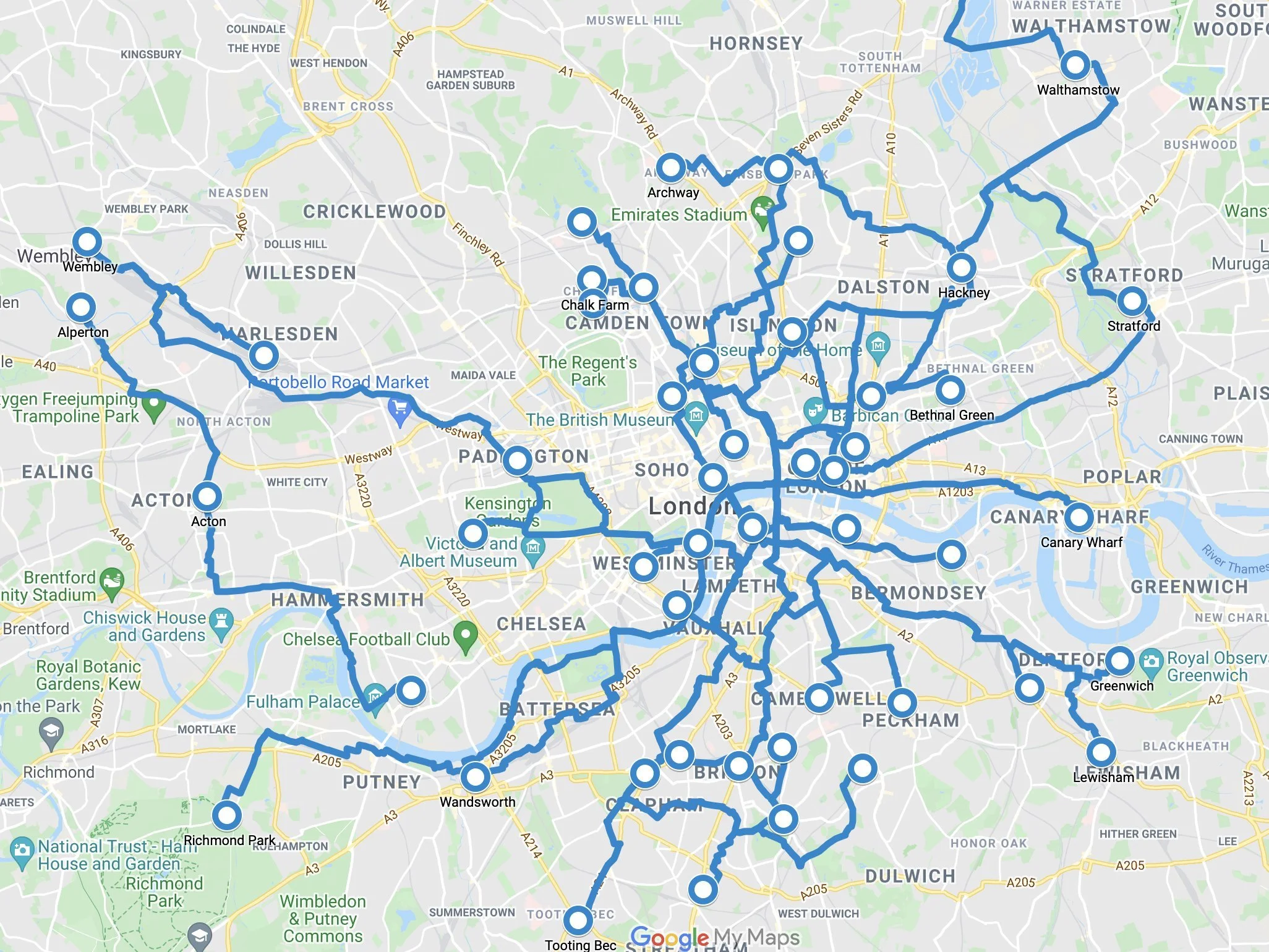How to Prepare for Your First Commute by Bike in London
Cycling in London can feel intimidating for first-timers, but it’s also one of the most efficient and enjoyable ways to commute. Whether you’re tired of squeezing onto the Tube during rush hour or looking for a way to stay active, commuting by bike in London is an excellent option. Here’s a beginner’s guide to help you get started and make that first ride stress-free.
1. Choose the Right Bike
Before anything else, you need a bike that suits your commute. If your journey includes long distances or hills, a lightweight road bike or a hybrid could be your best bet. For short urban trips, a folding bike might be ideal, especially if you need to hop on public transport at times.
Tip: If you’re not ready to buy a bike, consider renting one. You can try a shared bike service like Santander Cycles for just £2 per day, or opt for a Lime or Human Forest e-bike to make cycling easier, especially if you’re worried about fitness levels or hills.
2. Get the Gear
While you don’t need to go overboard with cycling gear, a few essentials will help make your commute more comfortable and safe:
• Helmet: Protect your head. It’s not legally required in the UK, but it’s highly recommended. The Specialized Align II MIPS Helmet is a reliable and affordable option.
• Lights: London law requires front and rear bike lights when cycling in the dark. Make sure you have bright, rechargeable LED lights. Cat Eye lights are a good option.
• Rain gear: London’s weather can be unpredictable, so a lightweight, waterproof jacket is always a good idea. The the Chapeau! City Jacket is one I’d recommend.
3. Plan Your Route
Navigating London’s busy streets can be daunting, but there are many cycle-friendly routes available. Google Maps, Komoot, and Citymapper are great tools for plotting your path, allowing you to choose quieter, bike-friendly roads and avoid major traffic areas.
Tip: Try out Transport for London’s (TfL) Cycleways, which are safer and marked for cyclists. London also has plenty of parks and canal-side routes for a more scenic and peaceful commute, such as the Regent’s Canal or Victoria Park.
4. Practice Your Route
It’s a good idea to do a test ride before your first actual commute. This will give you a feel for the route, traffic patterns, and any tricky intersections or roundabouts. Try it out during a quieter time of day, like early on a weekend morning.
5. Know the Rules of the Road
London has specific road rules for cyclists, so it’s important to be aware of them for both your safety and the safety of others.
• Stick to bike lanes: When available, always use designated cycle lanes. Avoid riding on pavements.
• Signal your intentions: Always signal with your hands when turning or stopping.
• Stay alert: Keep an eye out for car doors opening, pedestrians, and buses pulling in and out of stops.
• Respect traffic lights: It may be tempting to cycle through red lights, but I’ve nearly been killed on two occasions as a result. Shaving a couple minutes off your commute isn’t worth your life.
Tip: TfL also runs free cycling skills courses and offers safety tips for those wanting to feel more confident on the road.
6. Securely Park your Bike
When you reach your destination, make sure your bike is parked in a safe place. Use a sturdy bike lock and try to park in a well-lit, visible area. If you want extra security, consider using apps like Hudjo, which offer secure parking locations across London.
Your first bike commute in London might seem challenging, but with the right preparation and mindset, it can quickly become your favourite way to travel. Follow these tips, take it slow, and enjoy the journey—there’s no better way to explore the city than on two wheels!
More about Hudjo
Hudjo is an Airbnb-style platform that offers a network of trusted locations around London where you can park your bike safely and securely, eliminating the risk of theft.
We encourage cycling and active travel across the city by providing you with a worry-free opportunity for bike parking within the spare spaces of small businesses such as cafes, bars, shops, and offices.






